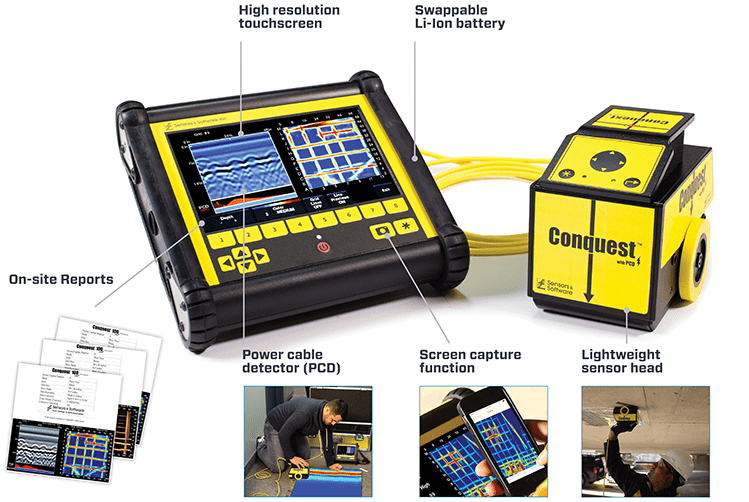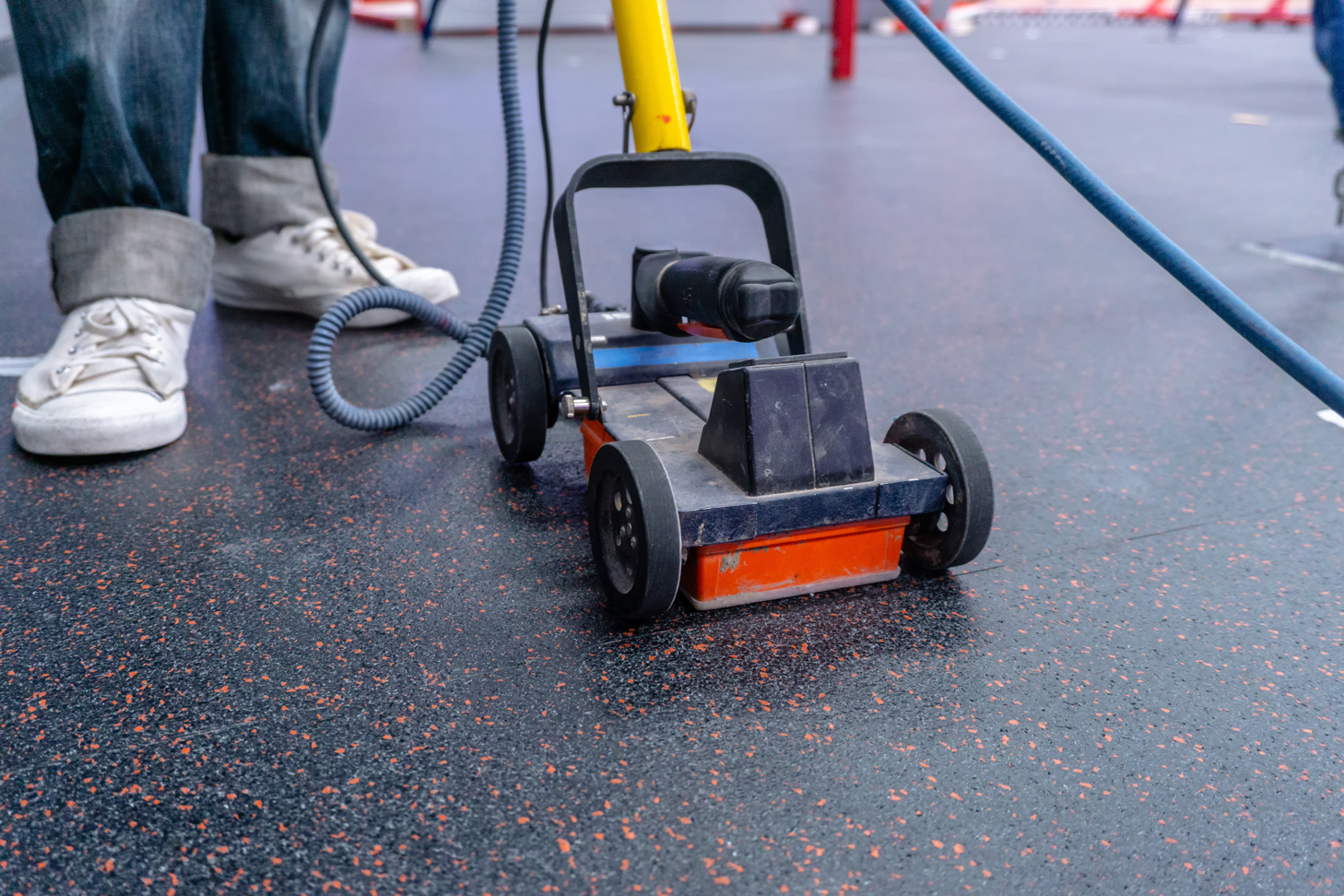Specialist Tips for Ideal Concrete Scanning Results
Specialist Tips for Ideal Concrete Scanning Results
Blog Article
Reveal the Transformative Power of Concrete Scanning in Making The Most Of Performance and Security
Concrete scanning has become a critical tool in the building market, providing unrivaled benefits in enhancing project performance and guaranteeing security criteria. By making use of advanced modern technology, concrete scanning permits professionals to see past the surface, discovering hidden intricacies that could affect the architectural integrity of a building. The transformative power of concrete scanning hinges on its ability to supply in-depth insights and real-time information, reinventing how jobs are prepared and carried out. As we explore the ins and outs of this ingenious method, a world of opportunities opens up, showcasing a brand-new era of building practices that prioritize accuracy and security.
Importance of Concrete Scanning
Ensuring the structural honesty and safety of construction projects starts with the crucial action of carrying out extensive concrete scanning. Concrete scanning is a non-destructive technique used to find and map subsurface elements within concrete frameworks.
Furthermore, concrete scanning assists in maximizing task timelines and budget by avoiding unforeseen expenses and hold-ups that may occur due to unanticipated obstructions within the concrete. Inevitably, investing in comprehensive concrete scanning is an aggressive strategy that improves both performance and security in building projects.
Exactly How Concrete Scanning Works
Concrete scanning operates as an important device in building and construction jobs by employing innovative technologies to spot and map subsurface elements without creating structural damages. Ground Penetrating Radar (GPR) and Electromagnetic Induction (EMI) are 2 main approaches made use of in concrete scanning.
During the scanning process, the information collected is assessed in real-time, allowing immediate recognition of potential threats or barriers beneath the surface area. This info aids in decision-making, making certain that construction tasks continue securely and successfully. Furthermore, 3D imaging software can be utilized to create detailed maps of the subsurface components, further boosting project planning and implementation. By using these sophisticated innovations, concrete scanning significantly decreases the risk of pricey damages and injuries on building websites.
Advantages of Concrete Scanning
Using advanced scanning technologies in building and construction tasks supplies a multitude of advantages, boosting both effectiveness and security on-site. Among the main advantages of concrete scanning is the capacity to detect and find ingrained items such as rebar, post-tension cords, and avenues precisely. By recognizing these aspects before exploration or cutting into concrete structures, the danger of unintended strikes is considerably decreased, preventing potential injuries to workers and damages to the structure itself. Concrete scanning helps in planning and making extra successfully, as it gives specific details about the area and depth of architectural components.

Case Researches: Concrete Scanning Success

In another situation, a building and construction company utilized 3D concrete scanning to examine the problem old concrete frameworks in a historical structure. The comprehensive scans supplied beneficial insights right into the level of deterioration and helped prioritize upkeep initiatives efficiently. By proactively attending to locations of concern identified with scanning, the business had the ability to extend the lifespan of the structure and guarantee resident security.
These study highlight the transformative power of concrete scanning in improving effectiveness, accuracy, and security in building tasks.
Implementing Concrete Scanning in Projects
Executing advanced scanning technologies during construction projects has ended up being progressively necessary for boosting accuracy and security. By incorporating concrete scanning right into job planning and implementation, building and construction groups can identify prospective risks, such as rebar or post-tension cable televisions, concealed within concrete frameworks. This proactive technique minimizes the threat of crashes, delays, and costly rework, inevitably resulting in much more efficient task timelines and budget plans.
To execute concrete scanning effectively, task supervisors must collaborate very closely with knowledgeable scanning experts to identify the most ideal advice scanning methods for the specific task demands. Involving scanning professionals from the early stages of a task enables the group to produce thorough scanning strategies that attend to key locations of problem and make certain detailed information collection.
Moreover, including navigate to these guys concrete scanning into routine project operations can enhance decision-making processes, as real-time scan information offers prompt insights right into the condition of concrete structures - Concrete Scanning. This data-driven strategy helps with educated problem-solving and allows teams to make modifications promptly, promoting a society of efficiency and safety throughout the task lifecycle
Verdict
To conclude, concrete scanning plays a vital role in boosting efficiency and safety in building jobs. By making use of innovative technology to map and identify out underlying frameworks within concrete, this procedure aids to stop costly mistakes, guarantee architectural honesty, and lessen threats on website. With the capacity to discover surprise components and give exact information, concrete scanning confirms to be a beneficial device for optimizing project outcomes and optimizing overall success.
Concrete scanning is a non-destructive approach utilized to find and map subsurface elements within concrete frameworks. In addition, concrete scanning assists in enhancing job timelines and budget by preventing unforeseen costs and hold-ups that might develop due to unanticipated obstructions within the concrete. One significant instance research study involves a large improvement job where concrete scanning played a critical role in ensuring task success.In one more case, a construction firm used 3D concrete scanning to evaluate the condition of browse around these guys maturing concrete structures in a historical building. By integrating concrete scanning right into job planning and implementation, building teams can recognize prospective hazards, such as rebar or post-tension cables, hidden within concrete frameworks.
Report this page